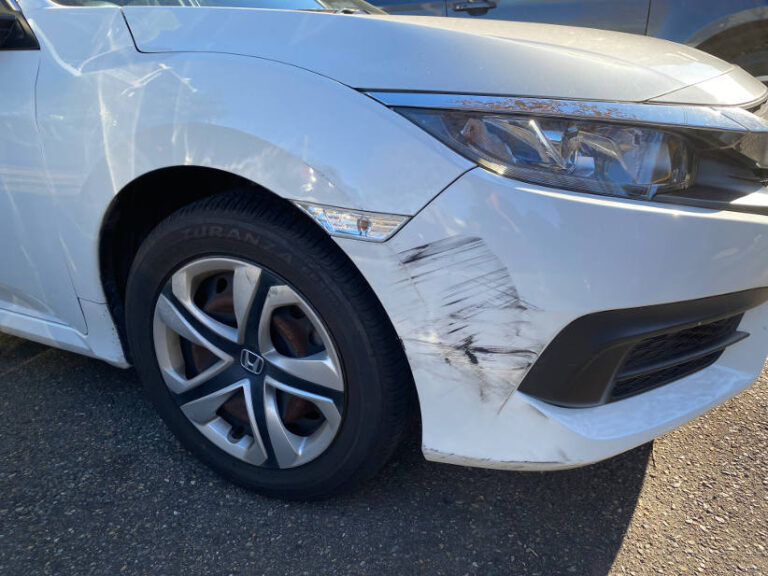It’s been two years since we’ve all been on the road together and based on some of the driving I’ve seen recently, I think some people have may have forgotten how to merge lanes and turn their heads before reversing. And talking to several Fleet Managers, they believe there are more accidents than ever before.
David Whitehead from Sheen Group, a business than operates 28 panel shops in Victoria, says repair volumes have increased in 2022 compared to last year but may not have reached pre-pandemic levels yet.
“We did see an increase during February when schools returned and employees were encouraged back into the office,” explained Whitehead. “It’s probably 80% of pre-COVID levels. The majority of accidents are low severity and could be attributed to a lack or concentration, or practice. It changed in April with school holidays and long weekends but it’s been two years since we’ve seen this level of activity,”
Peter Bubeck, Chief Commercial Officer at Unity Claims Management, provided some statistics on accident rates from their database which shows that driver habit influenced claims have all increased.
| Reversing/Parking | Up 2% |
| Damage Whilst Parked | Stable |
| Nose to Tail Collision | Up 2% |
| Unexplained/Unreported Damage | Up 1% |
| Hit Object on Road | Up 2% |
Bubeck also provided some tips to help organisations reduce avoidable damage.
- Ensure the fleet is well maintained with and hasn’t missed any scheduled servicing or tyre replacements during the lockdowns.
- Raise awareness across the organisation by sharing claims data and accident trends.
- Invest in dashcams and telematics to identify high risk driver behaviour and eliminate unexplained damage.
- Focus on fatigue management through driver education and realistic scheduling.
Stewart Nicholls, Managing Director at STC Education told us there’s a lag in the government statistics so while there’s more cars on the road in 2022 compared to the last two years, it’s not clear if there’s been more accidents.
“It’s a little early to gauge how crash rates compare as there is a data lag with reporting,” said Nicholls. “However there was a slight increase in serious injury trends in NSW from 2019 – 2020, meaning serious crash rates in the community were up despite lockdowns. Given essential workers made up the bulk of people still on our roads, these involved fleet drivers. So the trends so far are up rather than down.”
Developing communication plans and raising the issue of poor driving with employees can be a sensitive topic because everyone thinks they’re a great driver. Even organisations with strong safety cultures can ignore driving because the risks aren’t as visible as they are in offices, construction sites and warehouses.
“Safe driving principles have been neglected from what we are seeing,” explains Nicholls. “Regular safe driving messaging/training was dropped in the workplace and replaced by COVID safe discussions, when drivers returned to the road this has resulted in a lower standard of safe driving practices. Drivers are also stressed, anxious and frustrated, these are known factors in unsafe driving outcomes.”
According to the latest data on workplace fatalities compiled by Safe Work Australia, Vehicle Collision was the number one cause of workplace deaths in 2020. There were 80 Vehicle Collision fatalities in 2020 which was 41% of all workplace fatalities.
When you dive into the data for the period of 2018-19, there were 11,054 compensation claims related to Mobile Plant and Transport national. The average time off work (Lost Time) was 7.8 weeks. The concerning number in the data tables is the reduction in claim numbers from the 2000-01 period; It’s only reduced by 3%.
A high level interpretation of this data suggests improvements in vehicle safety in late model cars purchased by businesses as fleet vehicles has reduced the fatalities, however the driver behaviour that causes the incident hasn’t changed and the number of near-misses remains high.
The National Road Safety Partnership Program (NRSPP) has developed a number of resources to help educate and change driver behaviour. Click here to access the free Toolbox Talks resources.






